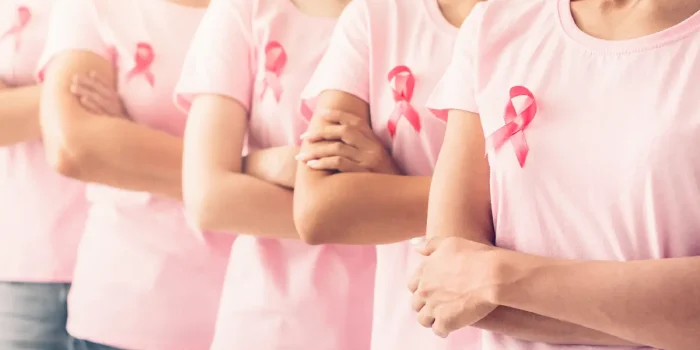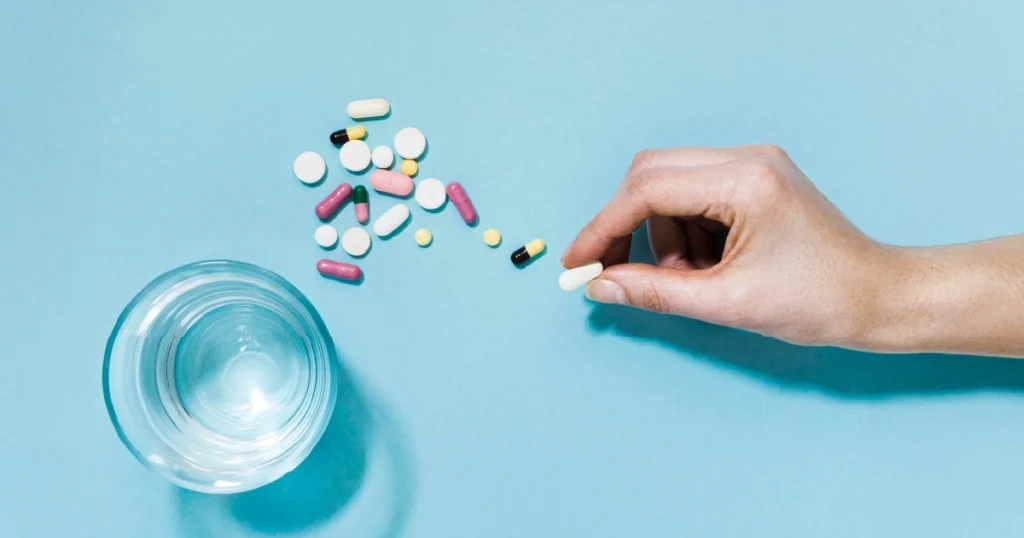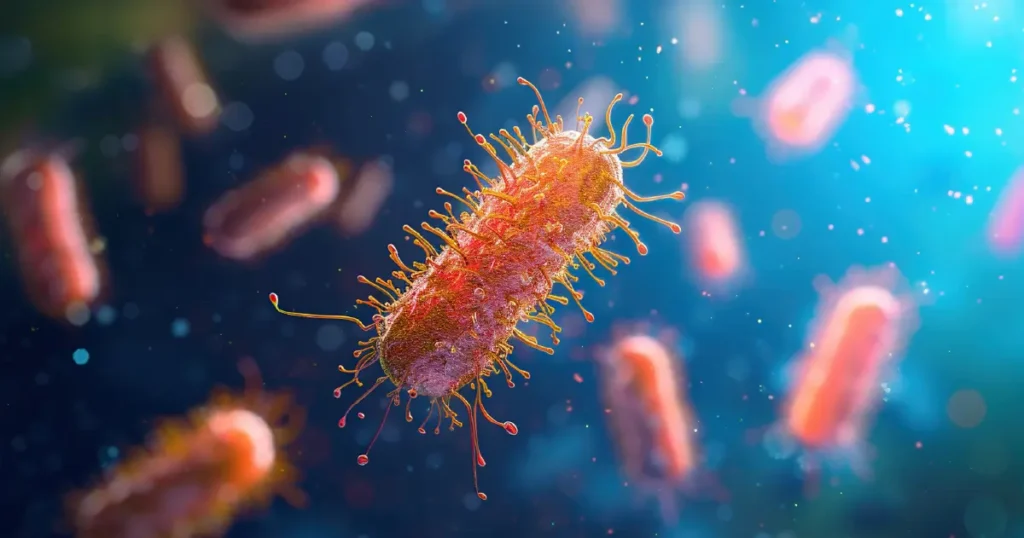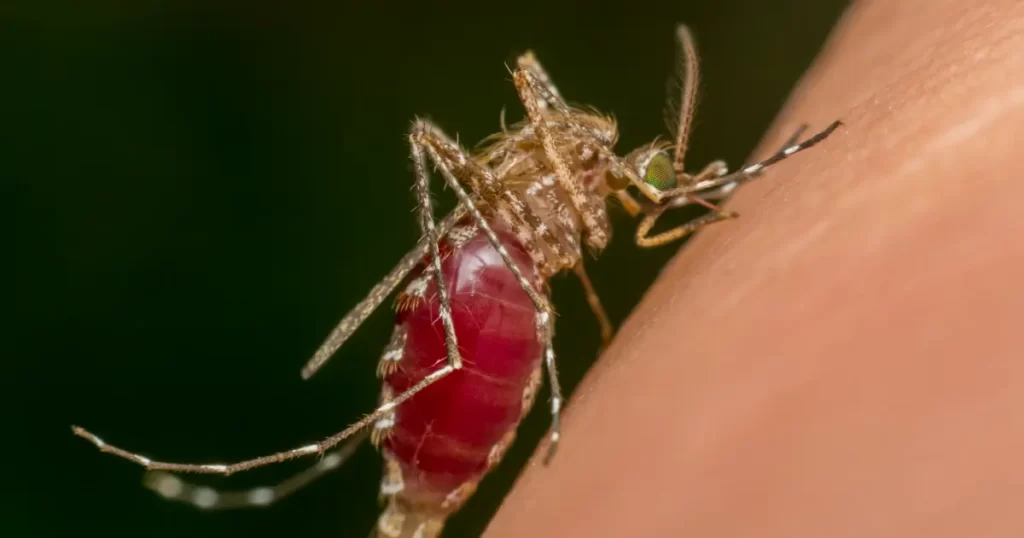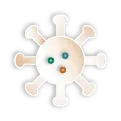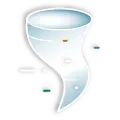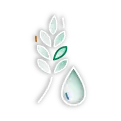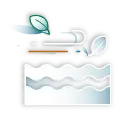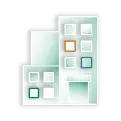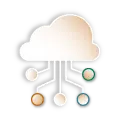Introduction
Every year, Breast Cancer Awareness Day highlights one of the most urgent health challenges worldwide. Breast cancer is the most common cancer among women, with an estimated 2.3 million new cases globally in 2020 [1]. Yet survival rates improve dramatically when the disease is found early. Early Detection Saves Lives is not just a phrase—it is the truth behind every campaign and survivor story.
Awareness initiatives empower individuals, encourage screenings, and strengthen research.
But how far can awareness go in turning the tide against breast cancer?
Understanding Breast Cancer
Breast cancer begins when breast cells grow uncontrollably, forming tumors that can spread if untreated. Risk factors include age, genetics, family history, lifestyle, and hormonal exposure. While some cannot be changed, others can be managed through healthier choices and preventive care.
Importantly, breast cancer is not a single disease but a group of conditions. Subtypes such as hormone receptor–positive, HER2-positive, or triple-negative breast cancer each require different treatment strategies. Therefore, awareness campaigns must also highlight the importance of personalized medicine, ensuring patients receive therapies tailored to their diagnosis [2].
Men, though less commonly affected, can also develop breast cancer. Inclusive awareness ensures no group is overlooked in prevention and detection.
Why Early Detection Saves Lives
Mammography remains the gold standard for screening, able to detect tumors before they can be felt. Clinical exams and self-awareness of changes—such as lumps, nipple discharge, or skin dimpling—also play key roles. Early Detection Saves Lives because identifying cancer at stage I or II dramatically increases survival, often up to 90% [3].
However, access is uneven. High-income countries often achieve better survival rates due to screening programs, while many low- and middle-income regions lack these lifesaving tools. Mobile mammography units and community-based health workers are increasingly bridging these gaps, bringing screening services to rural and underserved areas. Awareness must therefore be paired with access to care to truly save lives everywhere.
Prevention and Lifestyle Choices
Not all cases are preventable, but lifestyle adjustments reduce risks. Maintaining a healthy weight, regular physical activity, limiting alcohol, and avoiding tobacco are proven strategies. Breastfeeding has also been linked to reduced risk.
Diet plays a role as well. Evidence suggests that a Mediterranean-style diet rich in fruits, vegetables, whole grains, and healthy fats may help lower risk, while limiting processed foods and sugary beverages contributes to overall health [4].
Awareness campaigns remind people of these protective behaviors while pushing policymakers to create healthier environments and affordable care systems.
Awareness as Empowerment
Breast Cancer Awareness Day goes beyond ribbons and slogans. It encourages people to take control of their health, motivates families to share medical histories, and unites communities to support those affected. Survivors, in particular, embody the message that Early Detection Saves Lives, inspiring others to act without fear or stigma.
Research also benefits from public awareness. Advocacy has driven funding into genetics, targeted therapies, and immunology, improving treatments and outcomes [5]. Continued investment ensures that science keeps pace with the growing need for effective, accessible solutions.
The Global Perspective
Breast cancer’s global burden is uneven. High-income countries report higher incidence but better survival, while low-income countries face rising cases and poorer outcomes due to late diagnoses and limited care. Therefore, global awareness must always be paired with advocacy for equitable healthcare access. International collaboration, investment in infrastructure, and partnerships with local communities are critical to narrowing this survival gap.
Conclusion
Early Detection Saves Lives is the defining message of Breast Cancer Awareness Day. From mammograms to lifestyle changes and survivor advocacy, awareness transforms into action that saves millions.
Recognizing that awareness is more than symbolism—it’s prevention, empowerment, and access—ensures that communities, policymakers, and individuals all play a role. Looking ahead, advances such as artificial intelligence in mammography and telemedicine for rural care could further revolutionize screening. Together, knowledge and innovation can rewrite the future of breast cancer.
References
- Sung, H., et al. (2021). Global Cancer Statistics 2020: GLOBOCAN Estimates of Incidence and Mortality Worldwide. CA: A Cancer Journal for Clinicians, 71(3), 209–249. https://doi.org/10.3322/caac.21660
- Podo, F., et al. (2024). Breast Cancer Subtypes: Clinicopathologic Features and Treatment. Breast Care, 19, 105–118. https://doi.org/10.1007/s12609-024-00541-6
- Myers, E.R., et al. (2015). Benefits and Harms of Breast Cancer Screening: A Systematic Review. JAMA, 314(15), 1615–1634. https://doi.org/10.1001/jama.2015.13183
- Wu, Y., Zhang, D., & Kang, S. (2023). Risk Factors and Preventive Measures for Breast Cancer: A Comprehensive Review. Journal of Clinical Medicine, 13(16), 4610. https://doi.org/10.3390/jcm13164610
- Harbeck, N., et al. (2019). Breast cancer. Nature Reviews Disease Primers, 5(1), 66. https://doi.org/10.1038/s41572-019-0111-2

